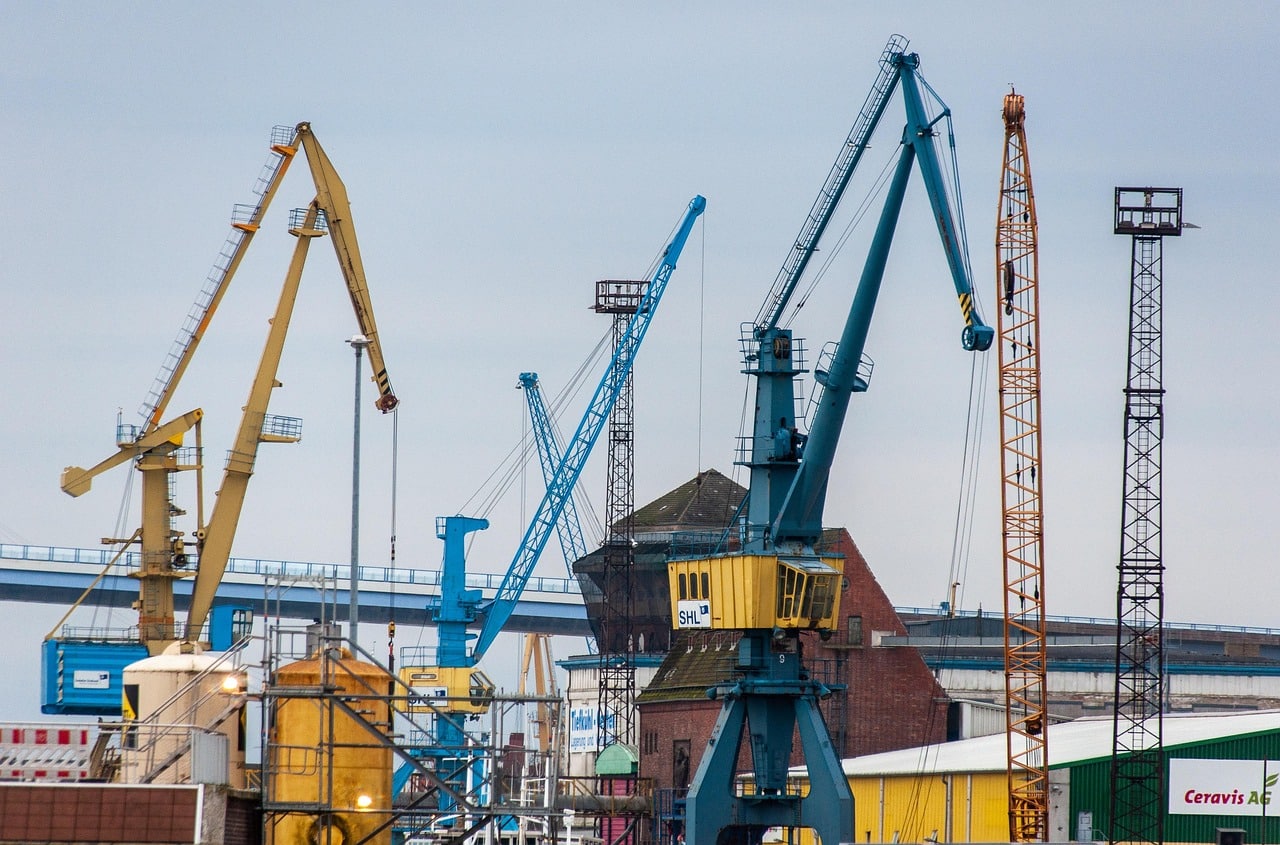E-Commerce Logistics: Strategies for Agile Retailers
Logistics has become a key differentiator in e-commerce. What was once an operational backend is now a strategic lever for growth, customer satisfaction, and resilience. In an insightful interview with Handelsblatt, Prof. Dr. Christoph Tripp from the Nuremberg Institute of Technology outlines how logistics is evolving from a cost center into a customer-facing success factor. This article highlights his key points, adds strategic context, and explores what businesses need to do now.
Source of the original interview (in German):Interview with Prof. Dr. Christoph Tripp – Handelsblatt
1. Convenience is Non-Negotiable
Modern consumers expect speed, flexibility, and transparency—whether it’s same-day delivery, in-store pickup, or sustainable packaging. Prof. Tripp argues that logistics is no longer just about efficiency—it is part of the brand experience.

2. The Three Key Theses of Retail Logistics
Thesis 1: Resilience & Flexibility
In an era of global disruptions, logistics networks must be adaptive. The ability to shift quickly between supply sources, delivery routes, or service models is now essential for survival.
Thesis 2: Data-Driven Personalization
Today’s logistics must support individualized delivery options. Time, location, and method should be tailored to the customer’s context—powered by real-time data.
Thesis 3: The Devaluation of “Free” Services
Free shipping and returns are standard. But as these services lose their edge, companies need to differentiate through added value, transparency, or sustainability—not price wars.
3. Logistics as a Brand Asset
From Backend to Brand Experience
According to Prof. Tripp, logistics has become a central part of how customers perceive a brand. Smooth delivery, proactive updates, and easy returns can be more valuable than a discount.
Omnichannel Demands Infrastructure
True omnichannel retail requires smart warehousing, decentralized micro-hubs, and real-time inventory visibility. For most retailers, this means investing in both physical infrastructure and IT.
4. Make or Buy? In-House vs. Outsourced Logistics
Prof. Tripp likens logistics outsourcing to a marriage: it requires long-term trust and alignment. Many successful retailers opt for hybrid models—combining internal logistics control with external service providers.
Pros of In-House Logistics:
-
Brand control
-
Direct customer feedback
-
Flexibility during peak seasons
Cons:
-
High fixed costs
-
Need for technical expertise
-
Operational complexity
5. Tech and Forecasting Capabilities Are Crucial
Investing in smart automation alone won’t cut it. Predictive analytics, demand forecasting, and decision-making tools are critical for capacity planning and customer satisfaction. Tripp emphasizes: data is the fuel of modern logistics.
6. Actionable Steps for Retailers
✅ Review your logistics strategy: Is it scalable, customer-focused, and sustainable?
✅ Invest in data and forecasting tools: These increase efficiency and service quality.
✅ Build regional partnerships: Local collaboration shortens lead times and increases flexibility.
✅ Create a learning culture: Logistics innovation requires trial, error, and organizational openness.
✅ Track the right KPIs: Focus on delivery accuracy, return rates, and emissions.
Conclusion
Prof. Dr. Christoph Tripp’s analysis makes one thing clear: logistics is not just infrastructure—it’s a core part of the e-commerce business model. Retailers who align strategy, technology, and customer expectations will gain a lasting competitive advantage.